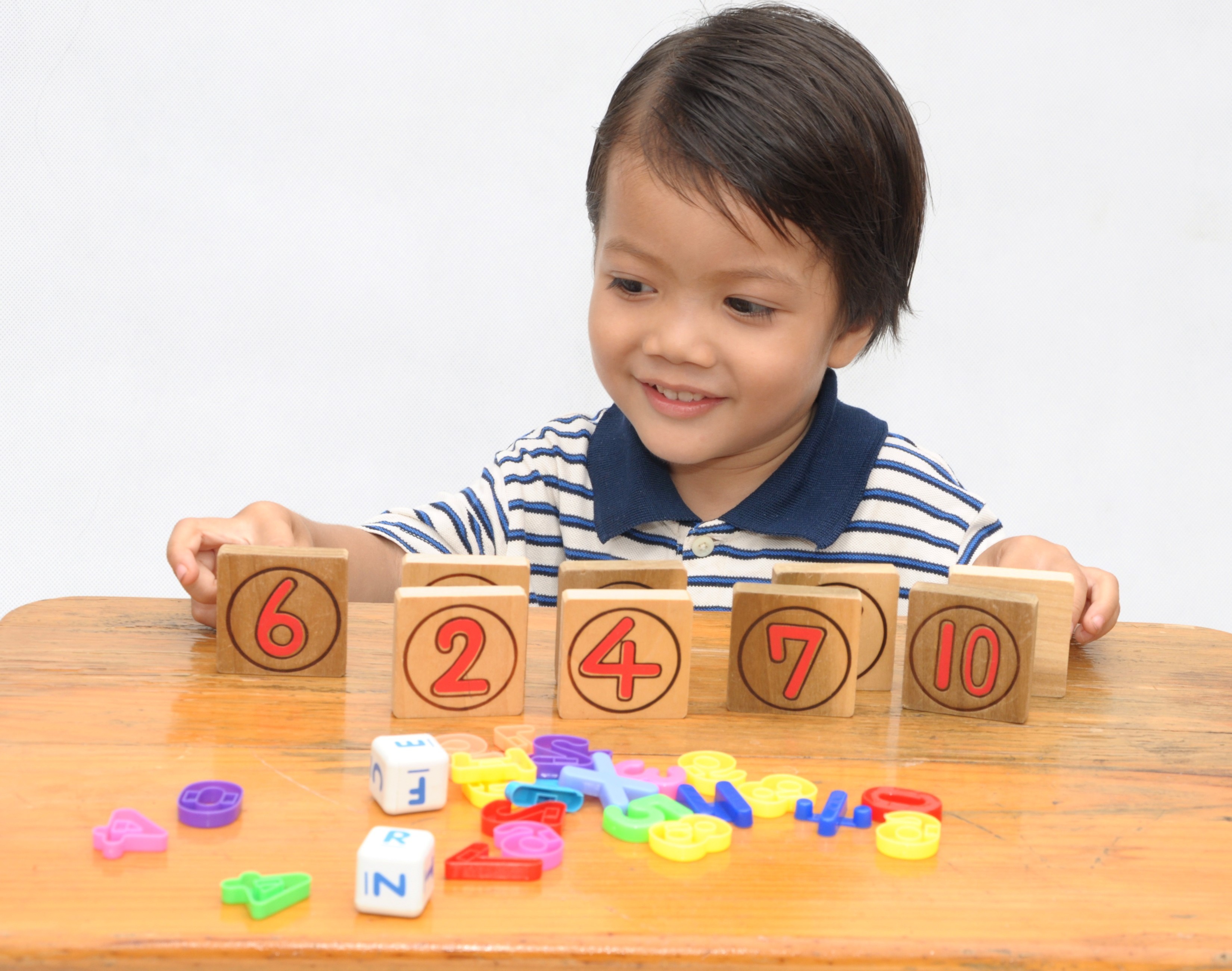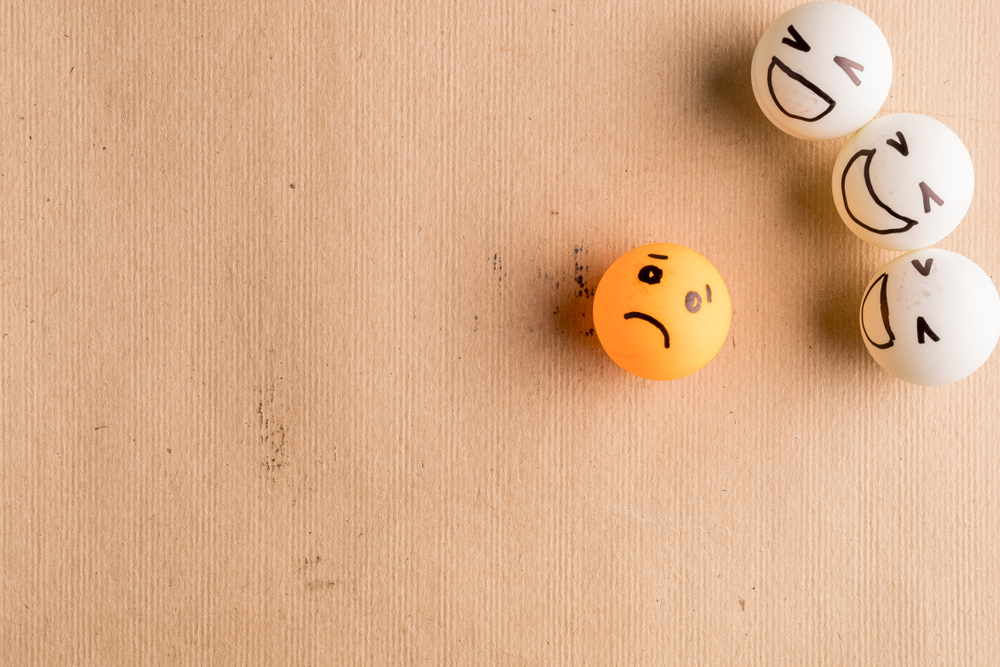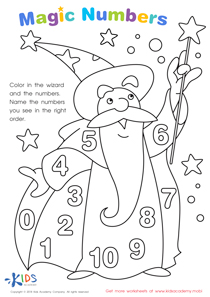Comparing sizes Extra Challenge Worksheets for Ages 5-9
6 filtered results
-
From - To
Unlock your child's potential with our "Comparing Sizes Extra Challenge Worksheets" designed for ages 5-9! These engaging and interactive worksheets provide an excellent opportunity for young learners to master the concept of size comparison in a fun and challenging way. Through a series of thoughtfully crafted activities, children will differentiate between big and small, tall and short, as well as the order of objects based on size. Perfect for classroom use or at-home learning, these worksheets help reinforce essential math skills while sparking creativity. Download now and watch your little ones thrive as they explore the fascinating world of sizes!


Which Is Taller Worksheet


Measurement: Compare Volumes Worksheet
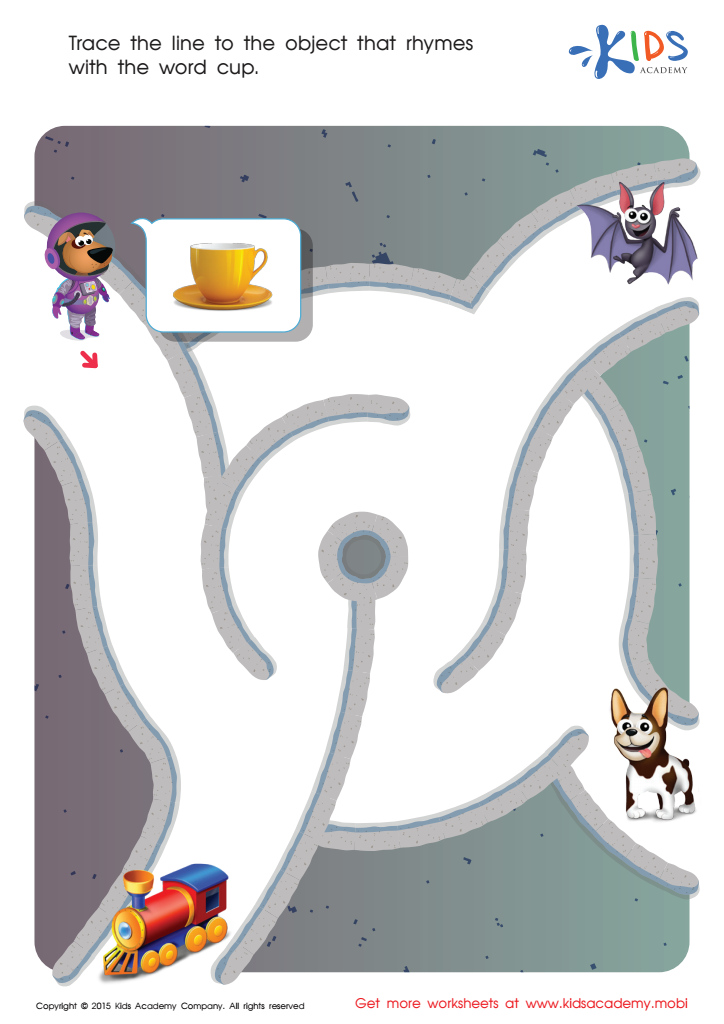

Cup Rhyming Words Worksheet
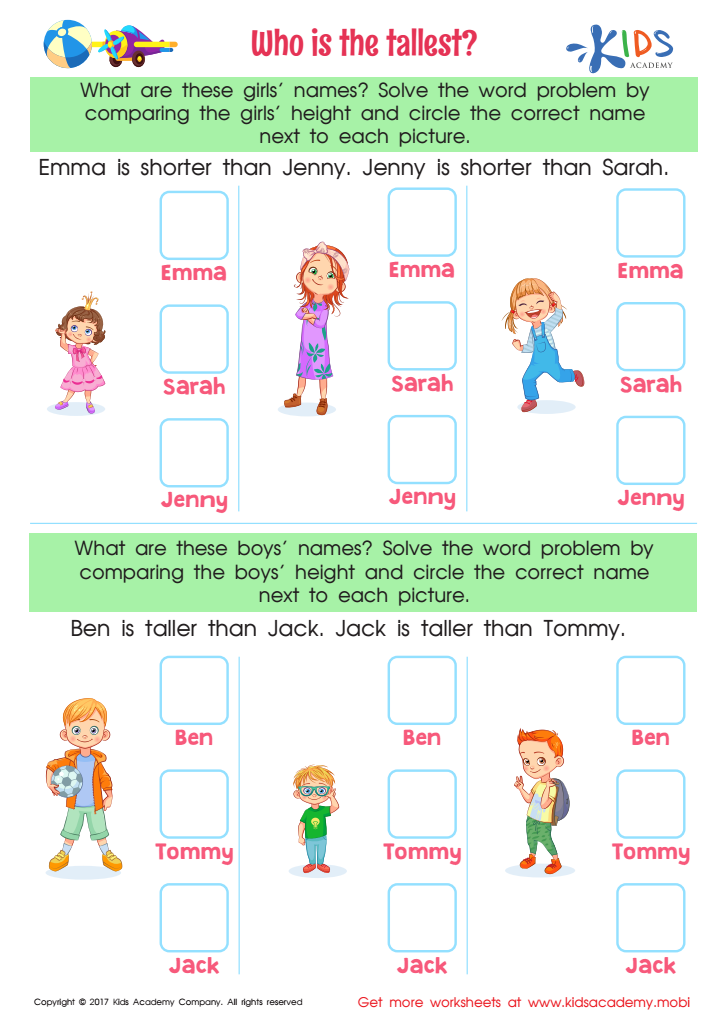

Who Tallest Printable
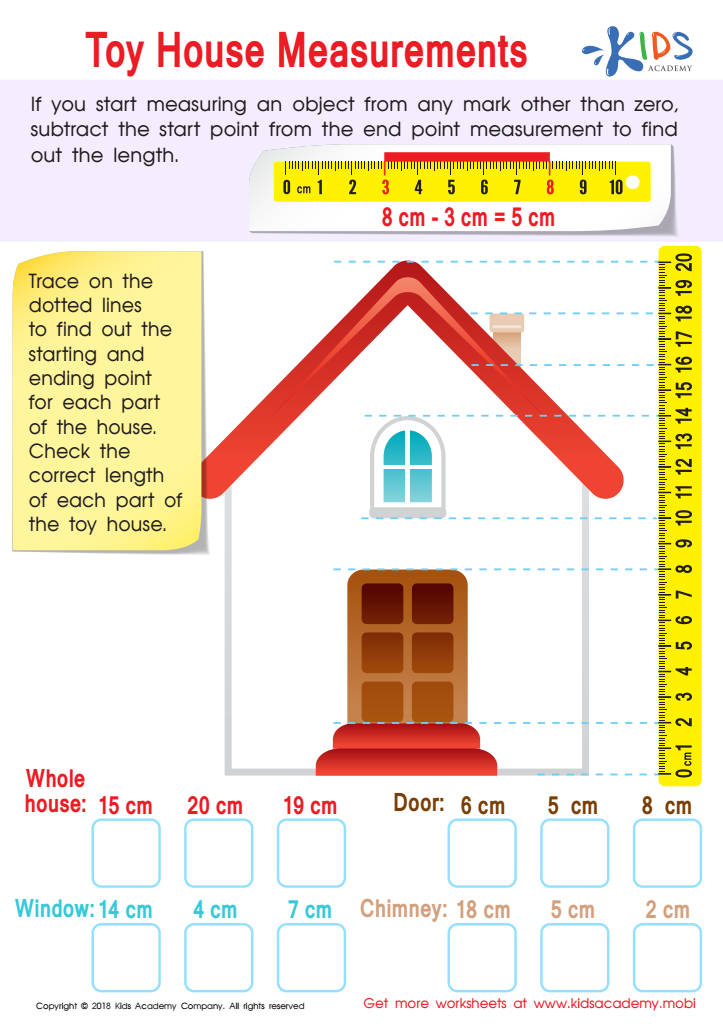

Toy House Measurements Worksheet
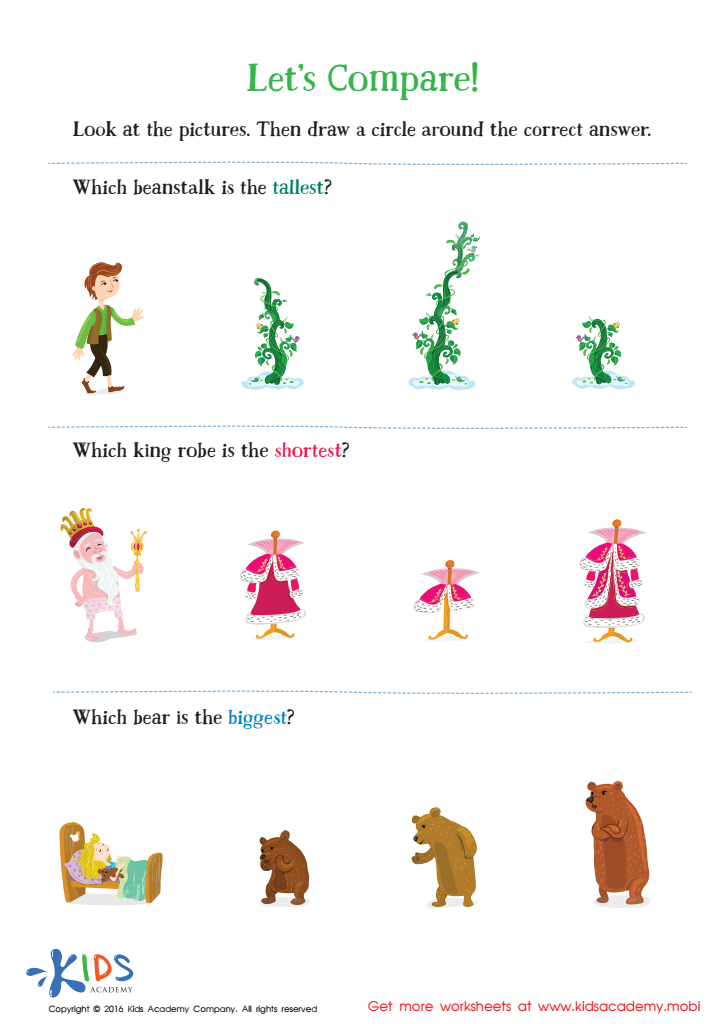

Fairy Tale Worksheet: Let's Compare
Comparing sizes is a fundamental mathematical skill that lays the groundwork for children’s understanding of measurements, quantities, and spatial awareness. For parents and teachers working with children aged 5-9, engaging them in comparing sizes can be a vital extra challenge that enhances their critical thinking and problem-solving abilities.
First, this activity helps children develop their reasoning skills as they learn to differentiate between longer, shorter, larger, and smaller objects. This foundational vocabulary is essential for later math concepts, such as addition, subtraction, and geometry.
Furthermore, comparing sizes promotes hands-on learning, as children can physically manipulate objects, fostering a tactile understanding of the concepts. This kinesthetic approach not only promotes retention but also makes learning enjoyable.
Engaging children in these activities can build confidence as they successfully make comparisons and justify their reasoning. Moreover, incorporating comparisons into daily activities, like estimating the sizes of fruits or toys, can strengthen their mathematical thought in relatable contexts.
Ultimately, by caring about and promoting challenges related to comparing sizes, parents and teachers empower children to make sense of the world around them, transforming everyday experiences into valuable learning opportunities.
 Assign to My Students
Assign to My Students




